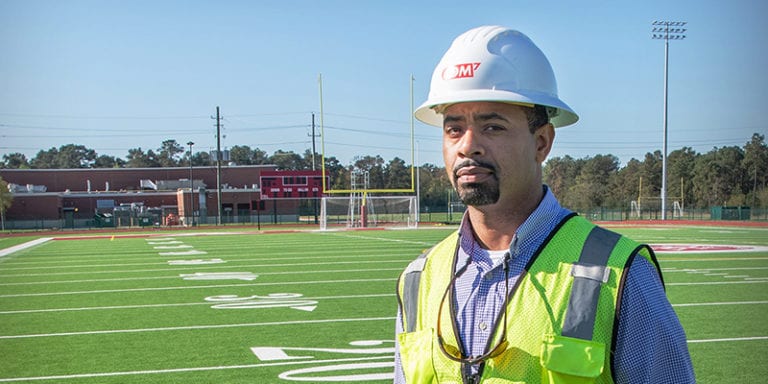
Houston, Texas is a city known for the opportunity it brings to both businesses and residents in affordability, landmass and employment opportunities that attract populations from across the state, nation and globe.
Much like the build out methods taken historically in the leading Texas city of Dallas, Houston has been adding on and building out its infrastructure more widespread each year. This continuous expansion to the city and its surrounding suburb communities has created a cycle of high inventories in low-cost commercial and residential properties that is working to disperse populations and consume resources at a large scale.
Gone unchallenged throughout past decades, the recent natural disaster of Hurricane Harvey is putting more pressure on the area’s investors and developers to bring “smart growth” to the table that not only pushes investing in more densely populated locations but also accounts for the area’s unique weather patterns.
Exposed by one of the nation’s worst natural disasters, much of the city’s newly constructed areas did not hold up to the storm that destroyed entire communities, that many say, should have been built to resist. The fact of the matter is that until now, there was little advocacy standing in the way of profit-driven development that did not seek to go beyond the basics and add sustainable value to the area. In a piece titled “The Battle for Houston” by city-journal.org, it is stated that “The battle within Houstonboils down to emphasizing regulatory restraints, rather than infrastructure, as the best means to meet floods and hurricanes, which some expect to worsen with climate change.”
But not all of Houston’s new developments lacked in this area. A new generation of better-planned suburbs like that of the metro’s Woodlands community were designed to better protect the environment and its structures through natural means. One of the Woodland area’s property developers Marcus Hiles adds, “By our efforts to bring more urbanism to these suburban areas through densely populated apartment housing options, we are also able to maximize the space inhabitants and resource consumption in the community.” The CEO and Founder of Texas-based Western Rim Properties also notes, “A new generation of luxury rental communities is also keeping the area’s increasing populations from building out and dispersing further to help ultimately centralize growth.”
As the smart-growth lobby grows and concerns over suburbanization run high, the future of Houston’srebound will lean heavily on its community commitment towards bringing better planned and environmentally sustainable projects to the forefront. The objective for the area’s investors and residents is clear – address the city’s challenges without destroying its growth-and-opportunity model.
Source: PRNewswire





